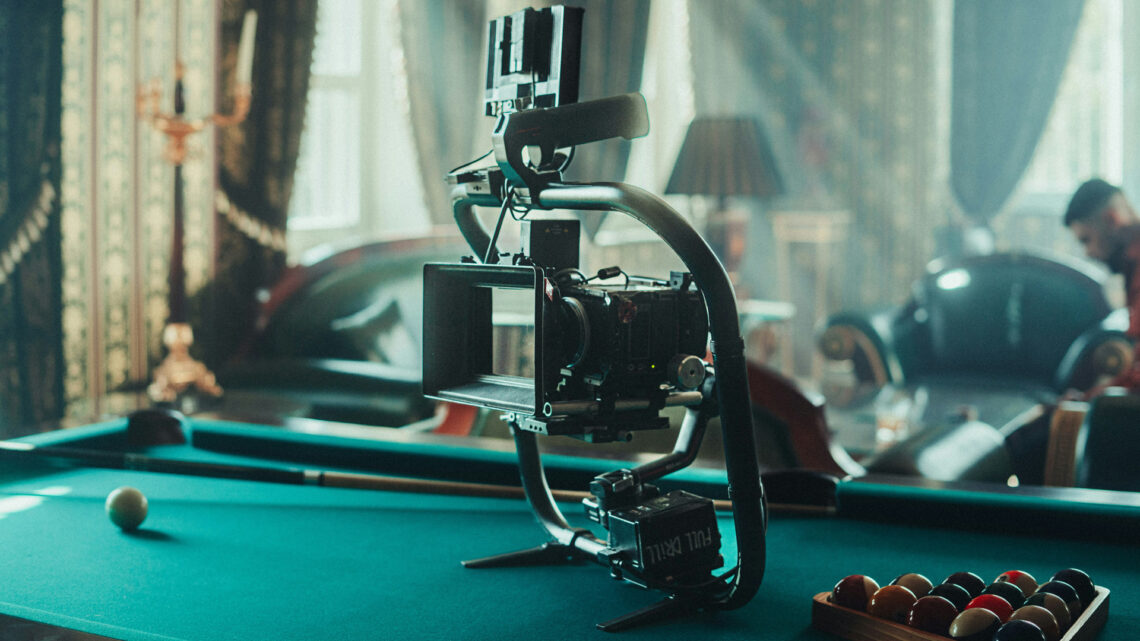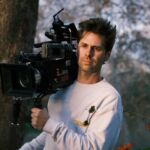If there is one filmmaking trick to have up your sleeve on a no-budget production, it’s the ability to shoot day for night.
This is when you shoot a night scene during the day, and color it in post to make it appear as if it were actually night.
I’ve written extensively about day for night in the past – and how to pull things off from a technical perspective.
But what I haven’t touched on is how critical day for night can be for many no-budget productions.
The most expensive and complicated scenes are almost always nighttime exteriors. On traditional film sets they are produced with massive lighting rigs, tons of atmospheric elements, and powered off generators.
Even still, many big budget productions try to avoid shooting at night as it always adds complications to the schedule.
On no-budget productions it’s even more essential to embrace day for night tactics.
The alternative is:
- Using too few lights (looks cheap)
- Not using lights / shooting at high ISO (hurts production value)
- Renting a larger lighting kit and hiring more crew (overspending)
- Throwing off your team’s schedule with overnights (unsustainable)
None of these scenarios are ideal.
There are of course night scenes that can be captured well on no-budget productions. But they have to be written specifically with that goal in mind. And it must be reflected in the shot list and production plan.
Much of the time though, the answer is simply to shoot day for night.
A limited amount of lighting gear (or at grip) may still be required in order to pull it off. But the amount of equipment and resources needed compared to an actual night shoot is a tiny fraction.
And if you get lucky and find yourself shooting in overcast conditions, you might not need any additional gear at all. Harsh sunlight is always the big giveaway you have to look out for.
Day for night can (and should) be used for interiors as well. It’s not just for outdoor environments by any stretch.
On a recent feature film, we had a full day of production scheduled with only night scenes. But it had to be scheduled the middle of a week when everything else was supposed to be daytime.
To avoid throwing off our entire schedule for a single night shoot, we simply arrived on set an hour early one day, and blacked out all the windows.
Doing this (along with placing some practical lights in the house) was all we needed to convert the house into a studio environment.
Whatever scenario you find yourself in – the best thing you can do to prepare is ensure your script is written with these production requirements in mind.
You want to pay special attention to how many night scenes you’ve written in, and in which locations they occur. Those two variables make all the difference.
In an ideal world, you find a way to naturally integrate day for night into your production. So that it complements your story, makes everyone’s life easier on set, and delivers a better final product.
These topics are explored in far more depth in the No-Budget Cinematography Blueprint, which you can check out here.
For exclusive filmmaking articles every Sunday, sign up for my newsletter here!



1 Comment
Jim
atHi, do you have any tricks to filming firearm flashes during night? I’m using a copy of Glock 43x but getting a proper “realistic” flash is somewhat challenging… Should I just do it in post effects?